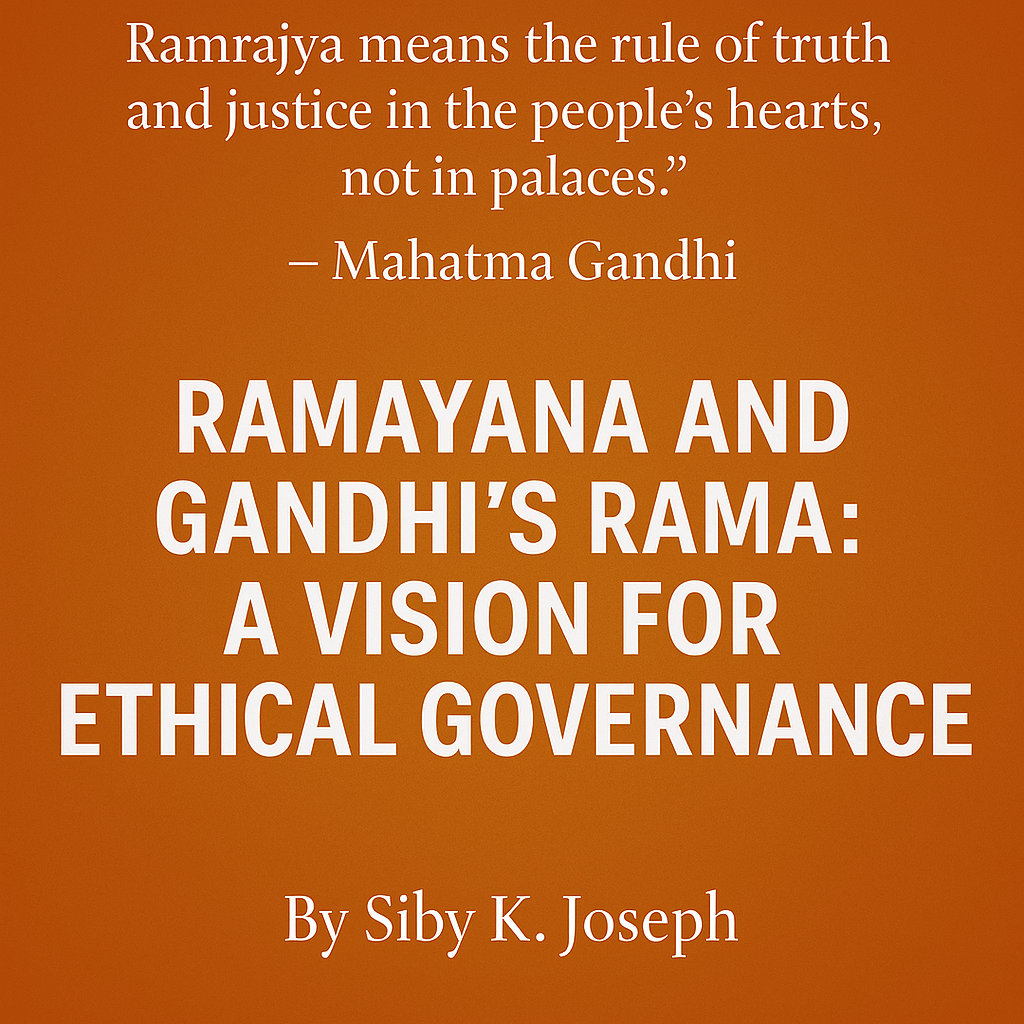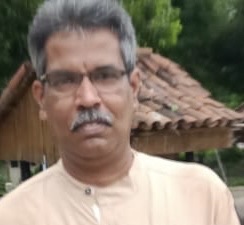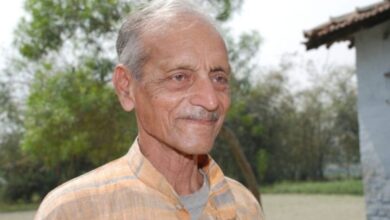“The Ideal of Rama: Exploring Gandhi’s Political and Spiritual Vision”
“Ramrajya means the rule of truth and justice in the people’s hearts, not in palaces.”
— Mahatma Gandhi
Siby Kollappallil Joseph
On the occasion of Ram Navami, I received a thought-provoking message from an academic forum that shed new light on the significance of the Ramayana.
The message highlighted that the Ramayana is an eternal phenomenon symbolizing the struggle between good and evil, with Rama representing the light within.
This light is born when the ten chariots (five sense organs and five organs of action) are skilfully managed, signifying the importance of self-control and balance in achieving inner peace.
It signifies an internal journey where the soul (Rama) seeks union with the mind (Sita) with the help of breath (Hanuman) and awareness (Laxman), transcending the ego (Ravana) to attain inner peace. This timeless epic conveys profound spiritual and philosophical truths, guiding individuals towards enlightenment, self-awareness, and a life of service to humanity.
This message reminded me of Mahatma Gandhi’s vision of Rama, which goes beyond the historical figure, embracing a universal and timeless concept of God.
In his words, “My Rama, the Rama of our prayers, is not the historical Rama, the son of Dasharatha — the King of Ayodhya. He is the eternal, the unborn, the one without a second.”
This perspective emphasizes the idea that God is omnipresent, omnipotent, and formless, accessible to people of all faiths and backgrounds.
Gandhi’s message highlights the unity of all existence, encouraging people to look beyond the boundaries of their individual faiths and traditions. He said, ”
I laugh within myself when someone objects that Rama or the chanting of Ramanama is for Hindus only, how can Mussulmans, therefore, take part in it?”
He placed before us a pertinent question “There is one God for the Mussulmans and another for the Hindus, Parsis, or Christians? No, there is only one omnipotent, and omnipresent God.”
This understanding promotes a sense of shared humanity and common purpose, recognizing that the god is a universal force that transcends names and forms.
Gandhi’s vision of God is not limited to a specific deity or historical figure. Instead, he sees God as the essence of life, pure consciousness, and omnipresent force.

He writes, “God is the force. He is the essence of life. He is pure consciousness. He is omnipresent.” This perspective encourages individuals to cultivate a deeper understanding of the divine force within themselves and in the world around them.
Such an understanding of Ramayana and Mahatma Gandhi’s vision of Rama offer a profound and timeless message, guiding individuals to work towards enlightenment, self-awareness, and a life of service to humanity. By embracing the universality of the divine force and recognizing the essence of life, we can foster a sense of unity, compassion, and understanding that transcends narrow boundaries of religious traditions and cultures.
Such an approach promotes diversity and pluralism, these were abiding forces that underlined during the freedom struggle under the leadership of Gandhi and still continue to inspire in these difficult times.
Note:The author is grateful to the person who shared the message in the group and indebted to him for this nuanced understanding . The purpose of writing this note is to disseminate it widely to promote the spirit of oneness of whole humanity
About the Author

Dr. Siby K. Joseph is Director, Sri Jamnalal Bajaj Memorial Library and Research Centre for Gandhian Studies,Sevagram Ashram Pratishthan, Sevagram, Wardha- 442102, Maharashtra (INDIA)
Email: directorjbmlrc@gmail.com
Note :
मीडिया स्वराज वेबसाइट पर भगवान राम से संबंधित कुछ प्रमुख लेख निम्नलिखित हैं:
1. “महात्मा गांधी और राम नाम”
इस लेख में डॉ. सिबी के. जोसेफ ने महात्मा गांधी के राम के प्रति श्रद्धा और उनके दैनिक प्रार्थना सभाओं में राम धुन के महत्व पर प्रकाश डाला है।
पढ़ें: महात्मा गांधी और राम नाम
2. “शास्त्रों में राम के विविध रूप”
डा. चन्द्रविजय चतुर्वेदी द्वारा लिखित इस लेख में भारतीय शास्त्रों में राम के विभिन्न स्वरूपों और उनके उल्लेखों का विश्लेषण किया गया है।
पढ़ें: शास्त्रों में राम के विविध रूप
3. “अयोध्या में राम मंदिर की प्राण प्रतिष्ठा के लिए तैयारियाँ तेज”
इस लेख में अयोध्या में राम मंदिर की प्राण प्रतिष्ठा से संबंधित तैयारियों और आगामी समारोहों की जानकारी दी गई है।
पढ़ें: अयोध्या में राम मंदिर की प्राण प्रतिष्ठा के लिए तैयारियाँ तेज
इन लेखों के माध्यम से आप भगवान राम से संबंधित विभिन्न विषयों पर विस्तृत जानकारी प्राप्त कर सकते हैं।





